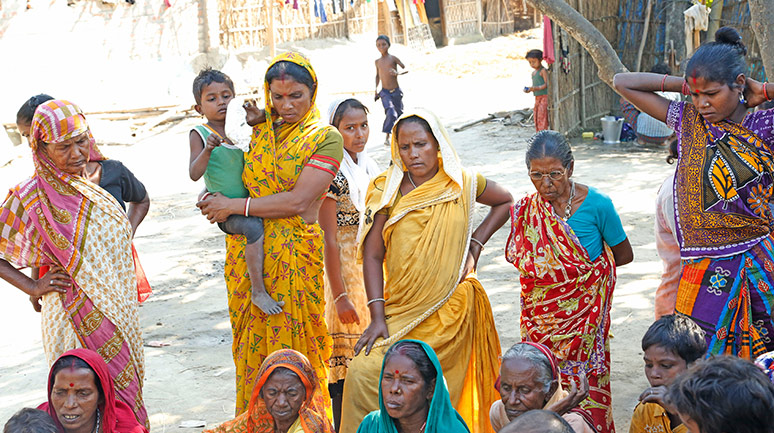Nari Adalat: Justice for Women by Women


Initiating a women’s group in this Muslim dominated area of Bihar and introducing cucumber cultivation as an alternative farm-based livelihood was challenging and sometimes frustrating for the new team. Their sucTackling gender issues that lie at the heart of women’s empowerment by setting up alternative justice systems saw the competence and compassion of the SHG members rise to the fore; they are now a force to reckon with.
T HE SITUATION OF WOMEN IN OUR area has changed in the last six or seven years. Now they can speak up and raise their voice against discrimination,” says Kumari Ragini Ranjan in a bold voice. She is the President of the Damodar Mahila Mandal Sangh (DMMS), Chandwara, Koderma, a Federation of Self- Help Groups (SHGs). She also told us that the Nari Adalat (Women’s Court), which is part of this Federation, has done significant amount of work to change the situation. The Nari Adalat was formed in 2008, with a special focus to resolve various issues of women. ‘Nari Adalat…Insaaf Ki Awaaz’ is a body that is constituted of experienced women leaders, who handle issues related to domestic violence and gender inequalities present in the operational area of DMMS.
The concept of women’s courts came about with the judicial reform movement in India that dates back to the early years after the country gained its independence from Britain. In the late 1950s, a system of judicial councils, or nyaya panchayats, was introduced; although these councils were modeled upon the existing rural community or caste panchayats, they differed from the latter in a number of ways. Most important, their members were democratically elected, rather than drawn from a self-selected group of influential local elders. Furthermore, they were to administer the law of the bland, rather than to enforce local custom. In the late 1970s and early 1980s, feminists also began to actively press for judicial reform. This was a time when the issues of violence against women, including (but not limited to) domestic violence, were arousing increasing public concern.
In the late 1970s and early 1980s, feminists also began to actively press for judicial reform. This was a time when the issues of violence against women, including (but not limited to) domestic violence, were arousing increasing public concern.

